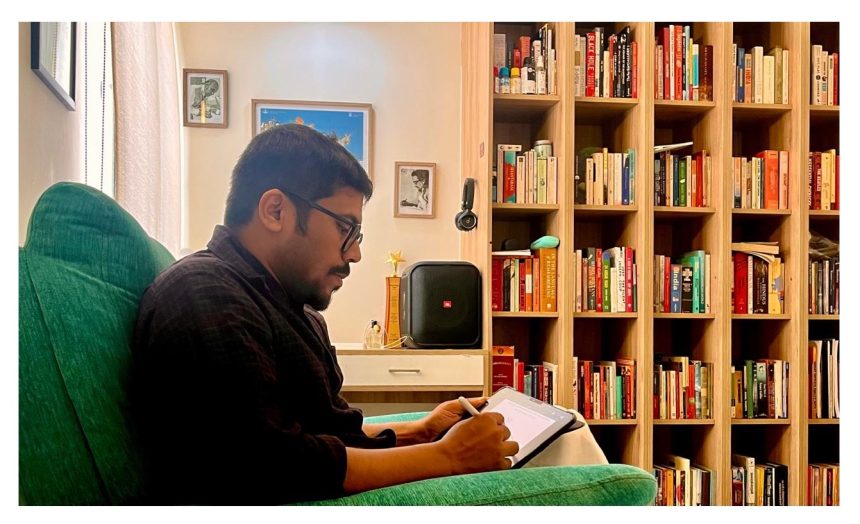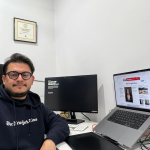Once dismissed as a fading art, political cartooning found fresh life in the hands of Sajith Kumar—now among India’s top cartoonists and the sharp voice at Deccan Herald. Known for blending humour with responsibility, he turns daily news into thought-provoking satire without crossing ethical lines. In this conversation with TK Sajeev, Editorial Director of Newspaperdesign.org, Sajith traces his journey from Kerala’s socially aware culture to the national stage, and reflects on the challenges, freedoms, and future of his craft.
When did you first realize that cartooning could be more than a hobby — that it could become your profession?
Not an accidental cartoonist—I dreamt of this path back in high school. It was a single-minded pursuit of my life’s goal, and looking back, I believe my perseverance paid off.
Many factors have shaped my journey. I’ve always had a knack for drawing, and growing up in Kerala—a place with a politically and socially aware society where politics are often discussed at the dining table, and reading newspapers was a ritual—may have sparked my interest. But it was Ajit Ninan’s cartoons in India Today that truly ignited my passion for cartooning.
I always had my own take on the world around me, and the itch to comment and critique found its way into cartoons . With parents who gave me freedom and school and college festivals where my cartoons won prizes, my dream of becoming a cartoonist was steadily propelled forward.
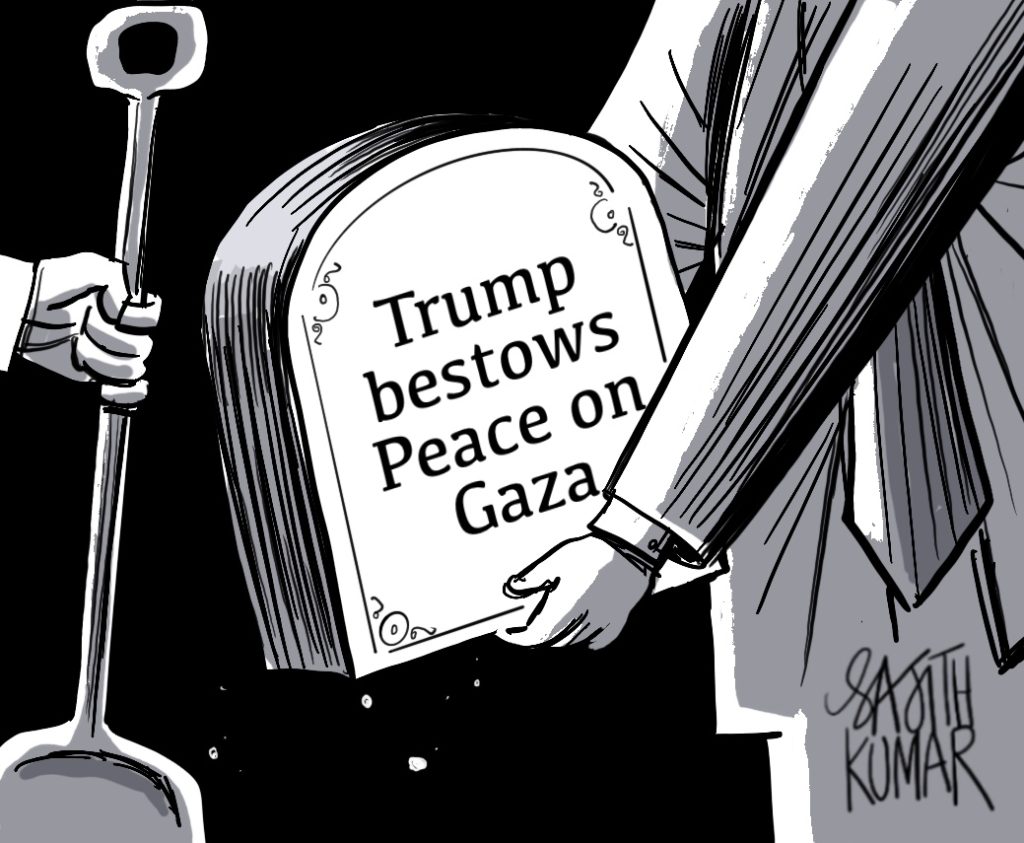
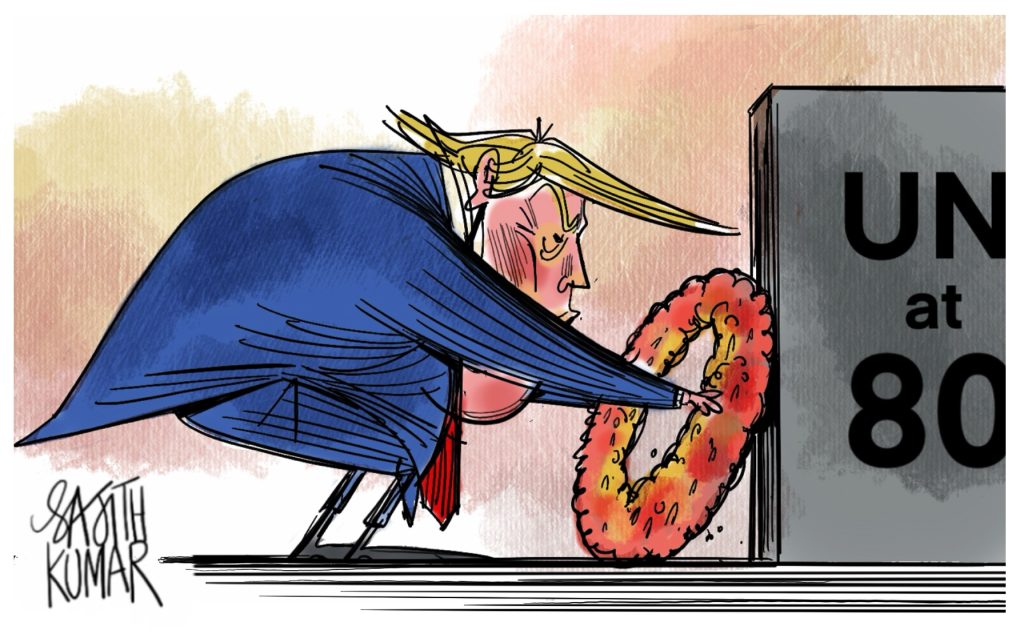
What were some of the challenges you faced early in your career, especially working in newspapers?
By the time I finished my studies, political cartooning in India was already in decline. A senior cartoonist of that era even declared it dead, and word of its imminent demise spread far and wide. Thankfully, the social media boom arrived just then, reviving political cartoons and opening a small but crucial window of opportunity in newspapers and magazines.
We used to joke that cartoonists live for ‘200 years’ and with a newspaper able to afford only one cartoonist, breaking into the field was no easy feat. I started my career as an illustrator, armed with a postgraduate degree in journalism, while quietly pitching cartoons to my editor to show where my real passion lay. Fortune smiled when a new newspaper was launching in Delhi—I applied for a cartoonist position and was tasked with drawing page-one pocket cartoons. It was there, amid tight deadlines and constant learning, that I truly mastered the tricks of the trade.
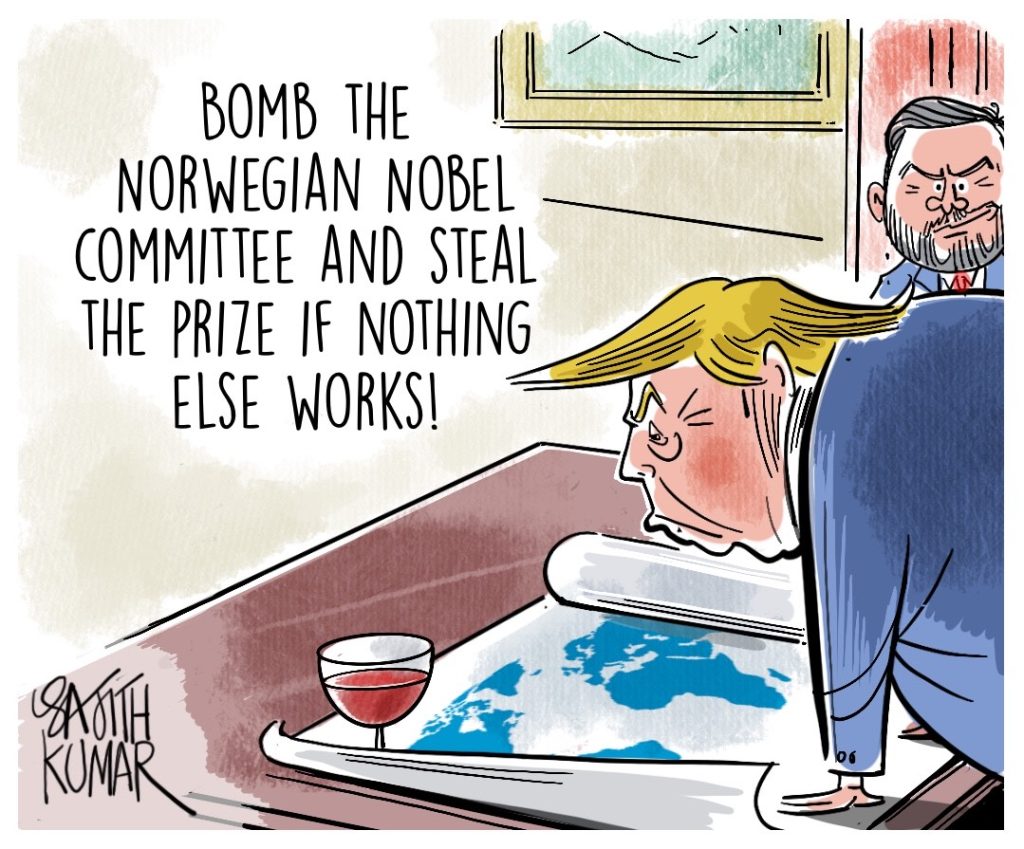
Were there particular cartoonists or artists who influenced your style or philosophy?
Ajit Ninan was my first introduction to cartoons. For a brief period, I was drawn to O. V. Vijayan’s cartoons and Mario Miranda’s illustrations. But it was Abu Abraham’s work that truly influenced me in my early days of my professional career. Over time, my admiration has also grown for British cartoonists, whose work I greatly enjoy. Especially, Matt.
Could you walk us through your typical process for creating a cartoon — from idea to sketch to final piece?
For me, cartooning is a 24-hour process. My day begins with scanning several newspapers, followed by tracking the latest updates on X and news sites, until I find a news item worth turning into a cartoon. After many conversations in my head, an idea takes shape, which I jot down in my pocket diary. By afternoon, the issue is chosen and the idea refined; by evening, the sketch is ready. After some final touches, it goes to the editor for approval. The rest of my time is spent listening to news podcasts and opinion pieces—preparing myself for the next day’s work.
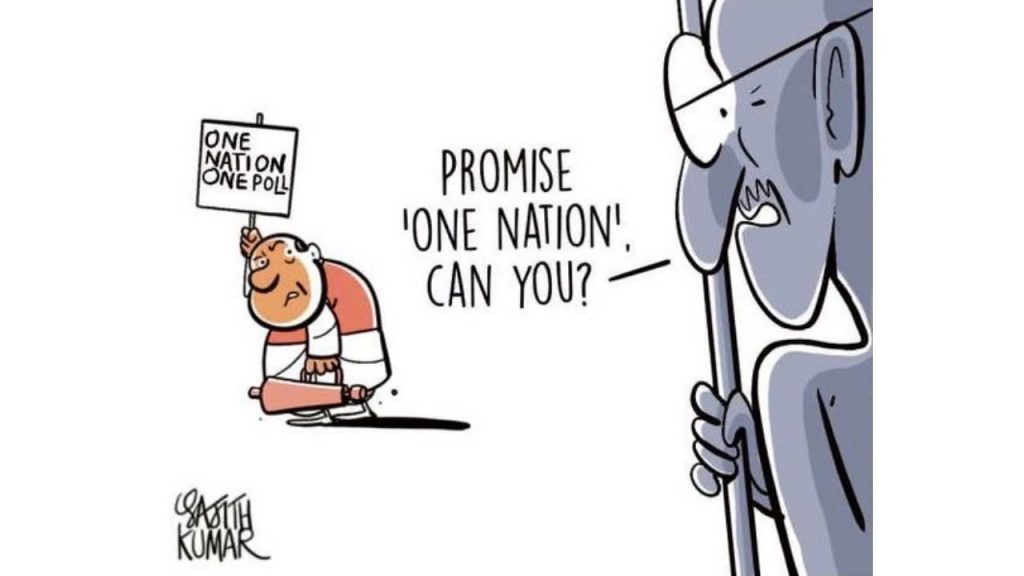
How do you decide which topics or issues to address in your cartoons? What makes a theme or idea “cartoon-worthy” in your view?
Selecting the topic is often the toughest part of the job—especially on days without a cartoon-worthy breaking story. At the drawing board, I try to step into the shoes of the common man, asking myself which news item would impact him the most and how he might react to it. That reaction becomes the cartoon of the day.
Do you sketch by hand first or work digitally? What tools or materials do you prefer, and why?
My process usually begins in my pocket diary, where I jot down rough sketches and possible punchlines as soon as an idea strikes. I revisit these notes several times, refining both the visuals and the words through multiple edits. Once the concept feels sharp enough, I shift to my iPad, where the cartoon gradually takes its final form with cleaner lines, colors, and finishing touches.
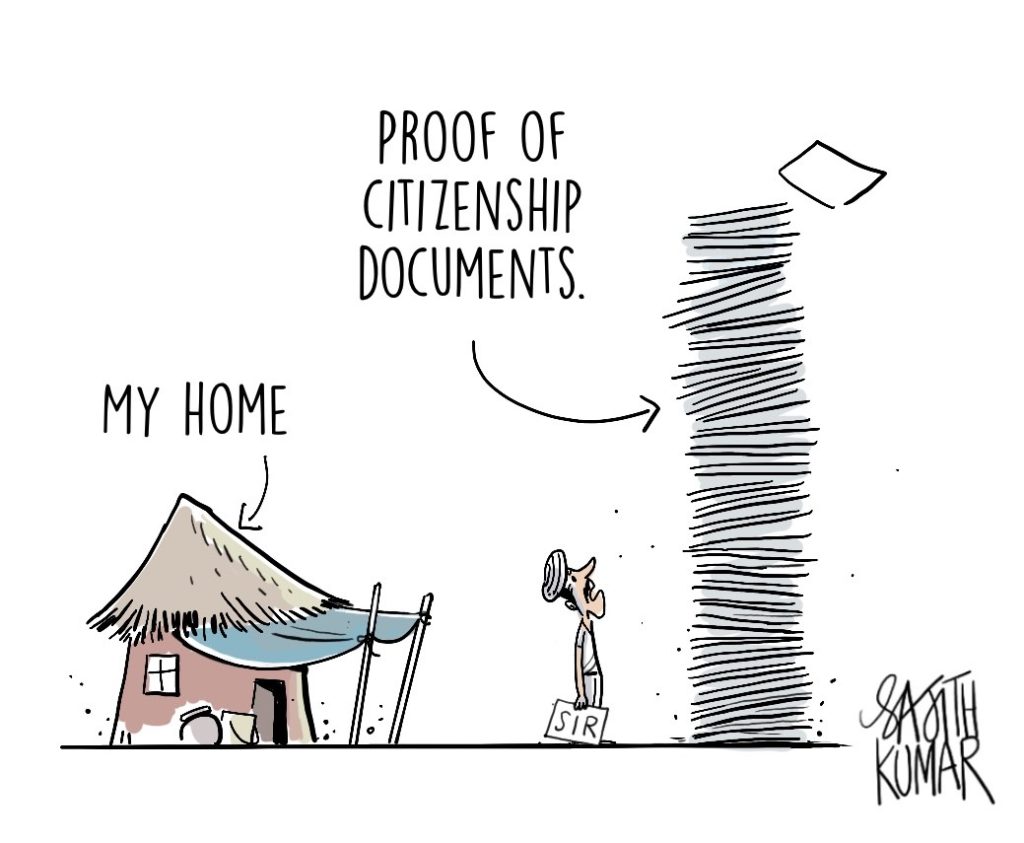
How long does it take you, on average, to complete one cartoon once you settle on an idea?
It’s the idea that takes the longest to form—the sketching and final execution usually take just an hour or two. The real investment of time is in shaping the concept until it feels sharp and impactful.
What is your relationship with the editorial team when developing cartoons? How much input or direction do you get / need?
I enjoy complete autonomy in my work, and I believe a cartoonist can truly survive only in an environment of creative freedom. At the same time, this wouldn’t be possible without the support of my editor and the editorial team, who guide me away from crossing the paper’s editorial line and help correct any factual or language errors in my commentary.
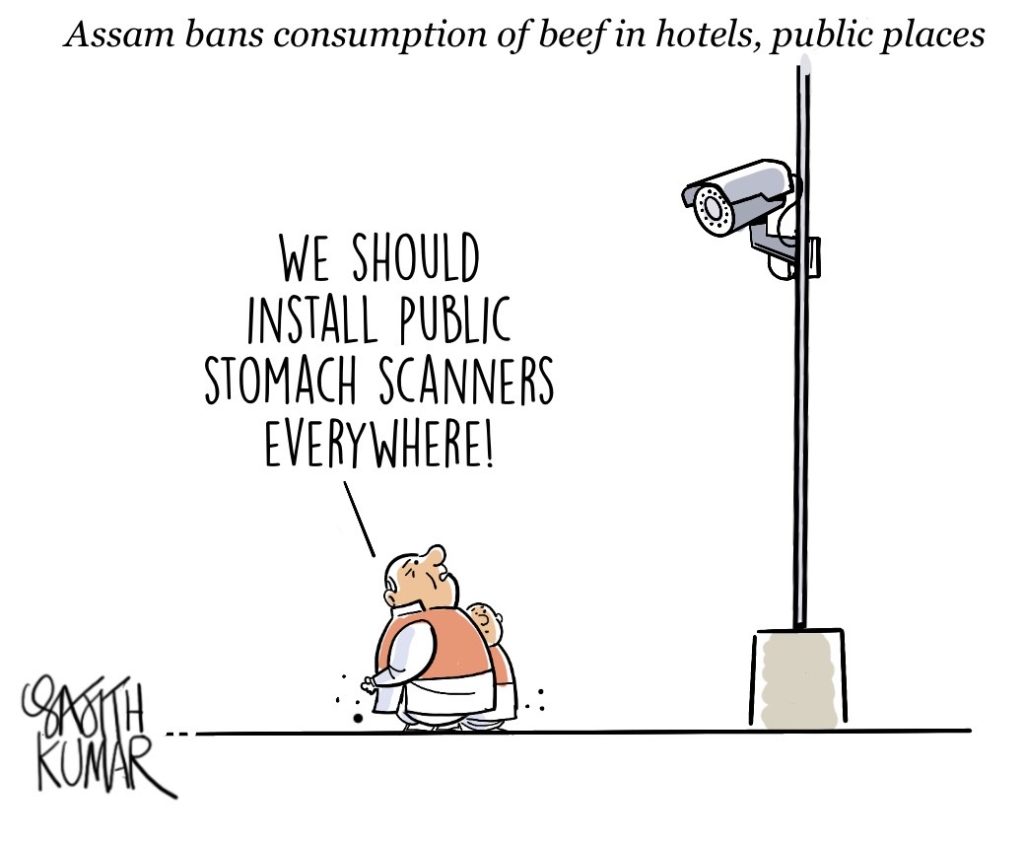
How do you balance editorial responsibility (facts, fairness, sensitivity) with satire, humour, and critique?
For me, factual accuracy is sacrosanct—I cross-check every detail, even at the last minute before a cartoon goes to print. I also make it a point to ensure my work never slips into being below-the-belt or vulgar.
In an era of rapid news cycles and social media, how has your role changed (if at all) in creating editorial cartoon?
You can’t beat the flood of social media memes, but I strive to create cartoons that stand out amid the mayhem.
Satire and cartoons can sometimes be controversial. How do you decide where to draw the line? Have you ever had backlash? How did you respond?
The main job of a cartoonist is to provoke, and the reactions that follow are a testament to a job well done. Yes, I do receive my share of hate messages, but they don’t affect me. Being controversial can be the easiest path to publicity, and I’ve seen some cartoonists deliberately courting controversy just to hog the limelight.
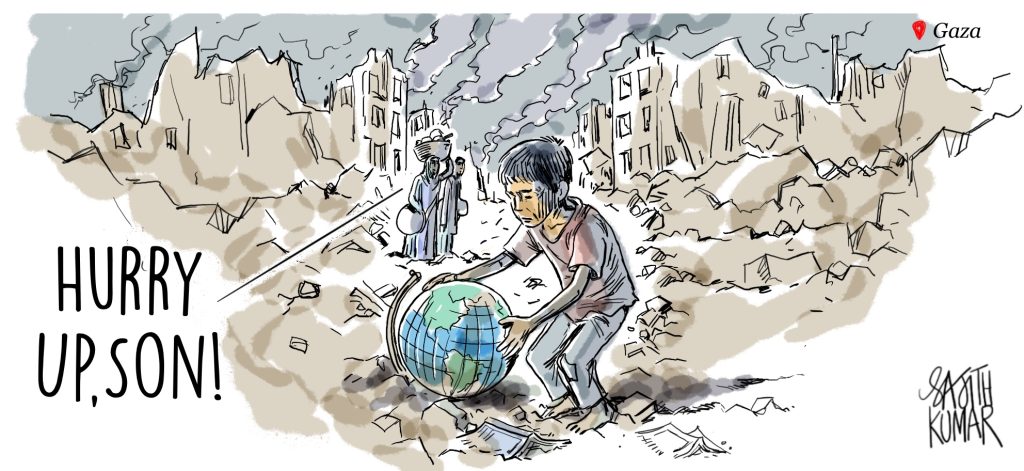
What do you see as the ethical responsibilities of a cartoonist, especially in regard to political, social, or religious issues ?
A strong moral compass is not optional—it’s the defining trait that separates a cartoonist from an illustrator. An editorial cartoonist carries an ethical responsibility that can never be taken lightly; the weight of that responsibility rests entirely on their shoulders
How do you ensure your cartoons are accessible / understandable to a broad audience, including people who might not be familiar with all the background?
I believe people who follow cartoons are politically aware and up-to-date with the latest news. I also see my readers as better informed and more knowledgeable than me, which makes my daily work a big challenge.
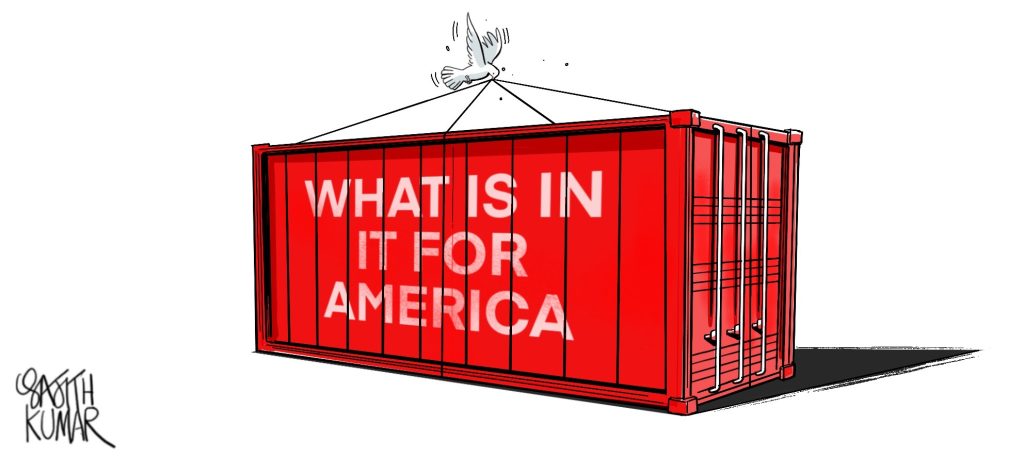
What are some of the biggest trends or changes in cartooning / illustration / editorial satire that excite you (or concern you)?
AI is a growing concern in cartooning. Much of it still feels machine-made, following the same mold, lacking the nuance a human touch brings. Perhaps it will evolve, but like in any field, it’s a challenge we must navigate carefully.
How do you stay fresh and relevant in your themes, given recurring political/social issues?
Keeping my mind clutter-free is what makes me most productive. That’s when ideas strike—sometimes while walking, sometimes in the shower. The trick is to keep the mind ready for that sudden bolt of inspiration, even though its timing is unpredictable. Doing this 362 days a year (our paper shuts for three days in a year) is, without doubt, the biggest challenge.
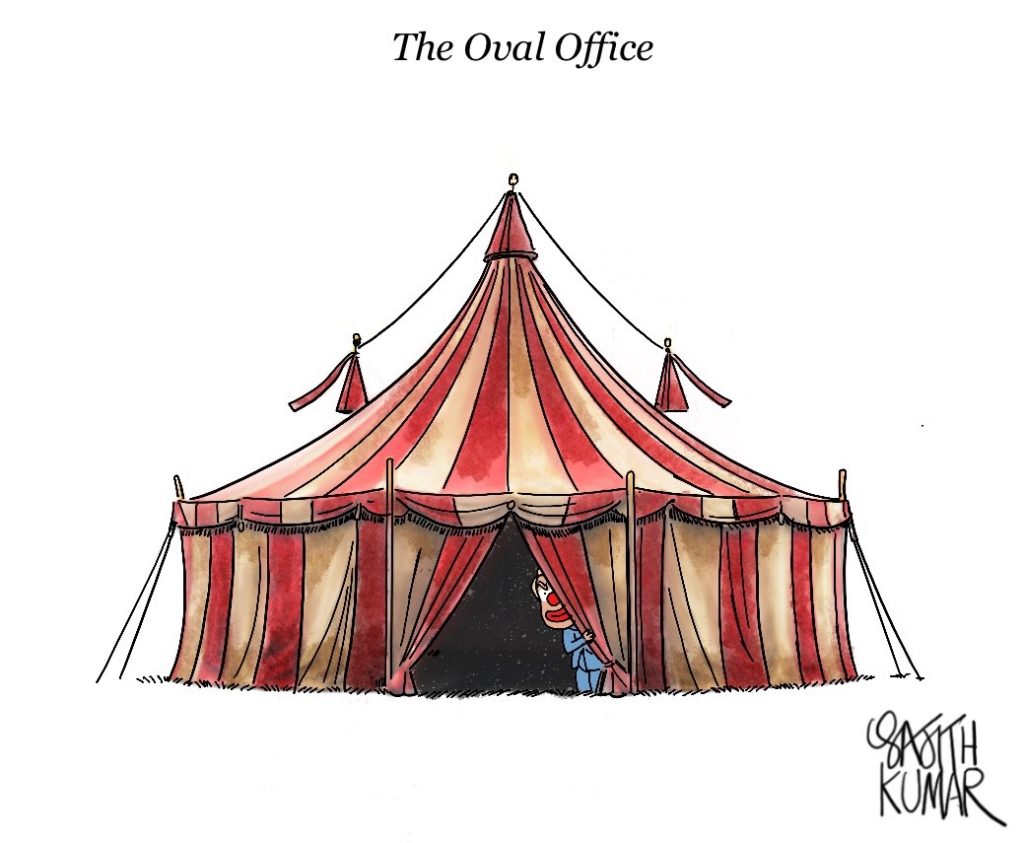
How has social media and digital distribution influenced both how you create cartoons and how they are received?
My generation is the biggest beneficiary of the social media boom. I am deeply indebted to it for reaching far more readers than traditional paper circulation ever could. There is no denying that social media played a crucial role in shaping me into the cartoonist I am today.
Which of your cartoons (or series) are you most proud of, and why?
I’m not overtly proud of my work—there are pieces I like, but I always feel the urge to improve. My mind often says, ‘Not this, not this.’ There’s still so much to learn and unlearn, and I try to keep my mind open to constant growth and improvement.
What are some of the ideas or themes you haven’t tackled yet but would like to in the future?
I’ve begun sketching ideas for a graphic novel, but nothing truly remarkable has taken shape yet. The process is still evolving, and I’m patiently polishing and refining each concept, hoping it will one day come to life.
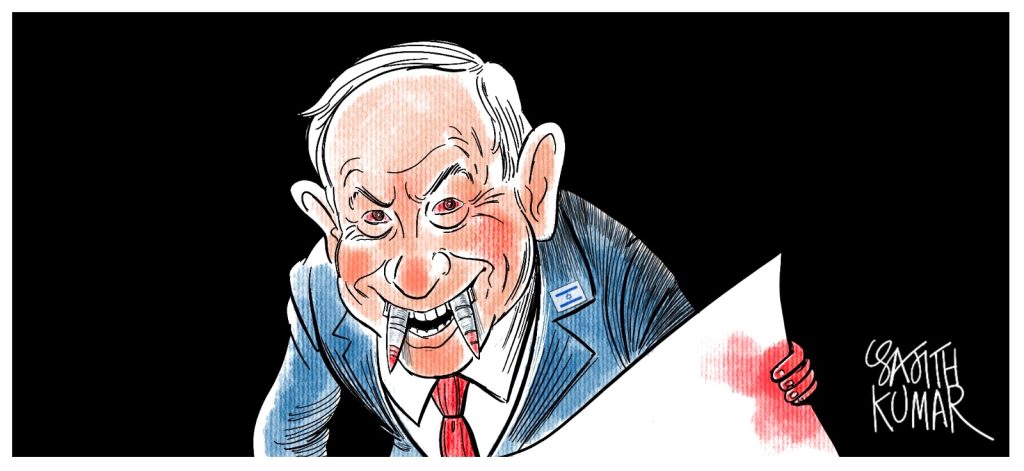
Where do you see the art of cartooning going over the next 10 years, particularly in India?
I’ve always believed that for a cartoonist to survive, we need brave editors—those who are willing to hire a cartoonist in the first place and give them the creative freedom to work. Unfortunately, that tribe of journalists is small. Perhaps, in time, independent cartoonists can monetize their work through social media or other avenues.
We are ‘overly proud Indians’, where even the smallest things can spark outrage, and politicians and news anchors erupt like walking volcanoes. Building castles and mansions in the air, so caught up in our grand designs that we forget the simple joy of laughing, forget laughing at ourselves. The future doesn’t look particularly promising—fingers crossed.
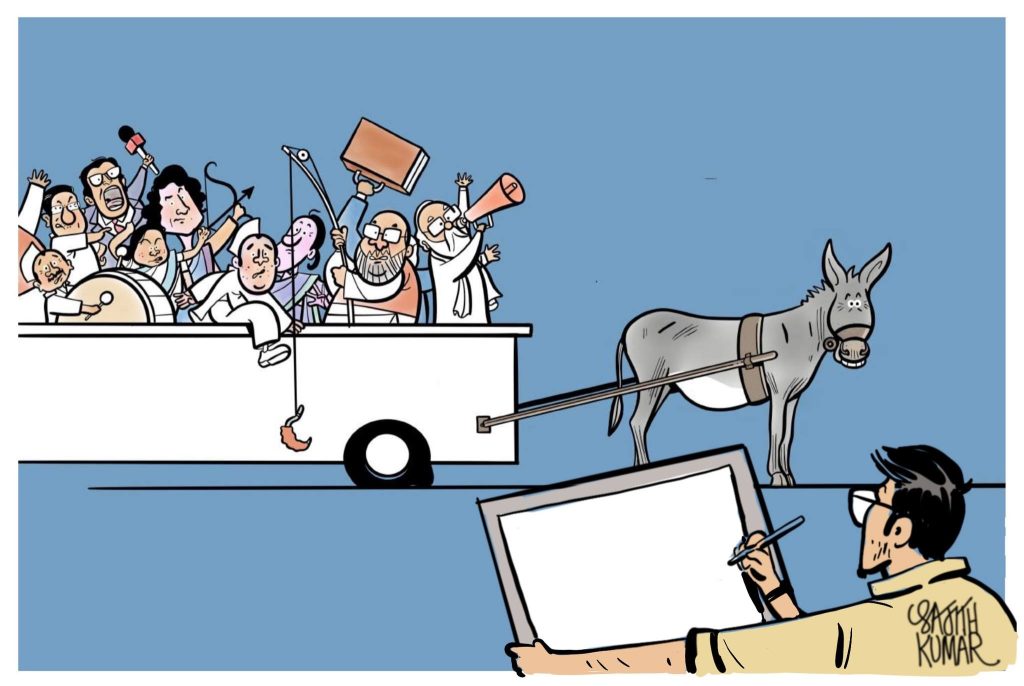
![]()


